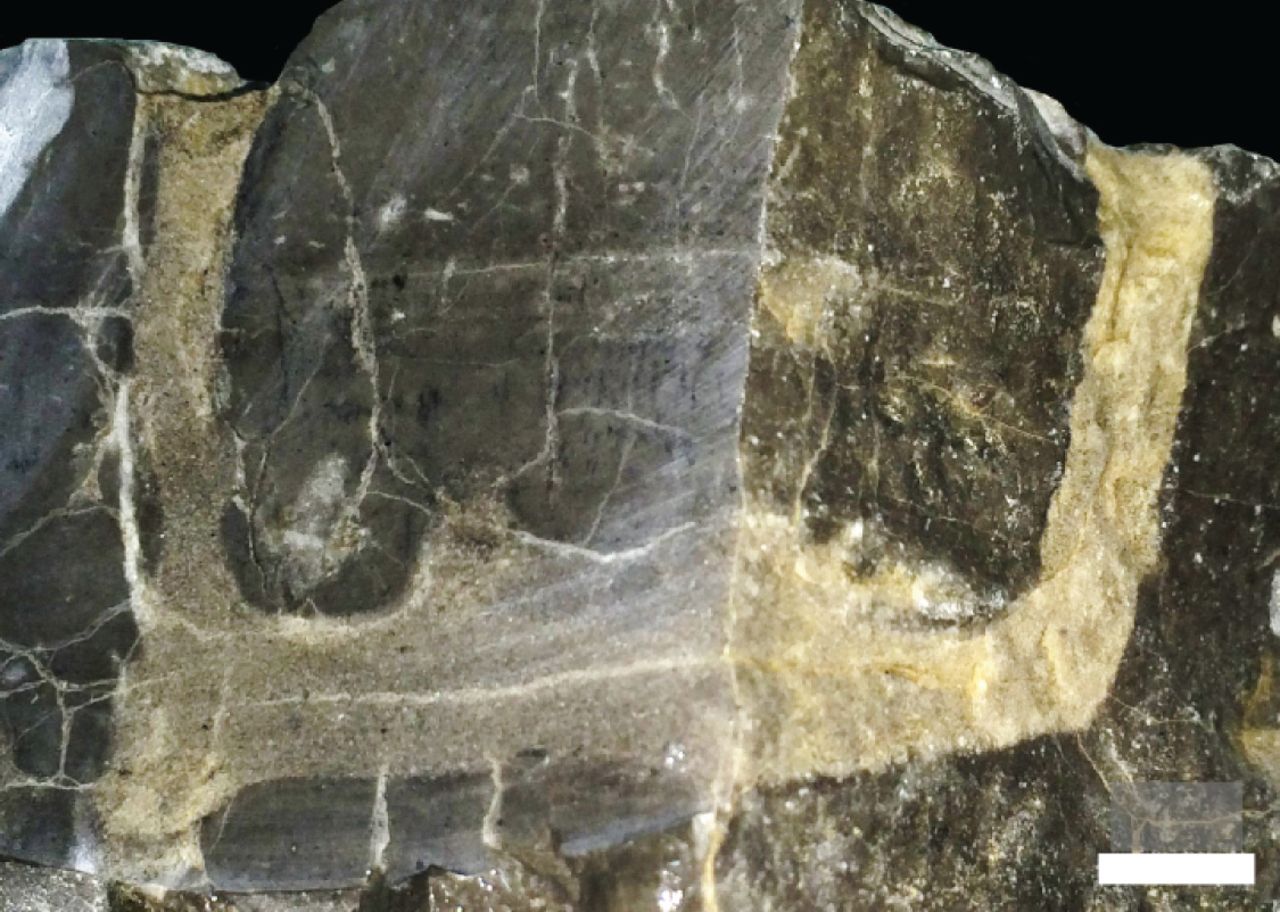Arenicolites franconicus on:
[Wikipedia]
[Google]
[Amazon]

 ''Arenicolites'' is a U-shaped
''Arenicolites'' is a U-shaped

 ''Arenicolites'' is a U-shaped
''Arenicolites'' is a U-shaped ichnotaxon
An ichnotaxon (plural ichnotaxa) is "a taxon based on the fossilized work of an organism", i.e. the non-human equivalent of an artifact. ''Ichnotaxon'' comes from the Ancient Greek (''íchnos'') meaning "track" and English , itself derived from ...
(trace fossil) dating from Ediacaran
The Ediacaran ( ) is a geological period of the Neoproterozoic geologic era, Era that spans 96 million years from the end of the Cryogenian Period at 635 Million years ago, Mya to the beginning of the Cambrian Period at 538.8 Mya. It is the last ...
times onwards in South Australia
South Australia (commonly abbreviated as SA) is a States and territories of Australia, state in the southern central part of Australia. With a total land area of , it is the fourth-largest of Australia's states and territories by area, which in ...
. The trace shown by this fossil, is a pair of closely spaced circles on a bedding plane
In geology, a bed is a layer of sediment, sedimentary rock, or volcanic rock "bounded above and below by more or less well-defined bedding surfaces".Neuendorf, K.K.E., J.P. Mehl, Jr., and J.A. Jackson, eds., 2005. ''Glossary of Geology'' (5th ed ...
. In vertical section the traces are U- or J-shaped. They appear to be burrows made by a kind of worm.
References
Trace fossils Ediacaran life {{trace-fossil-stub